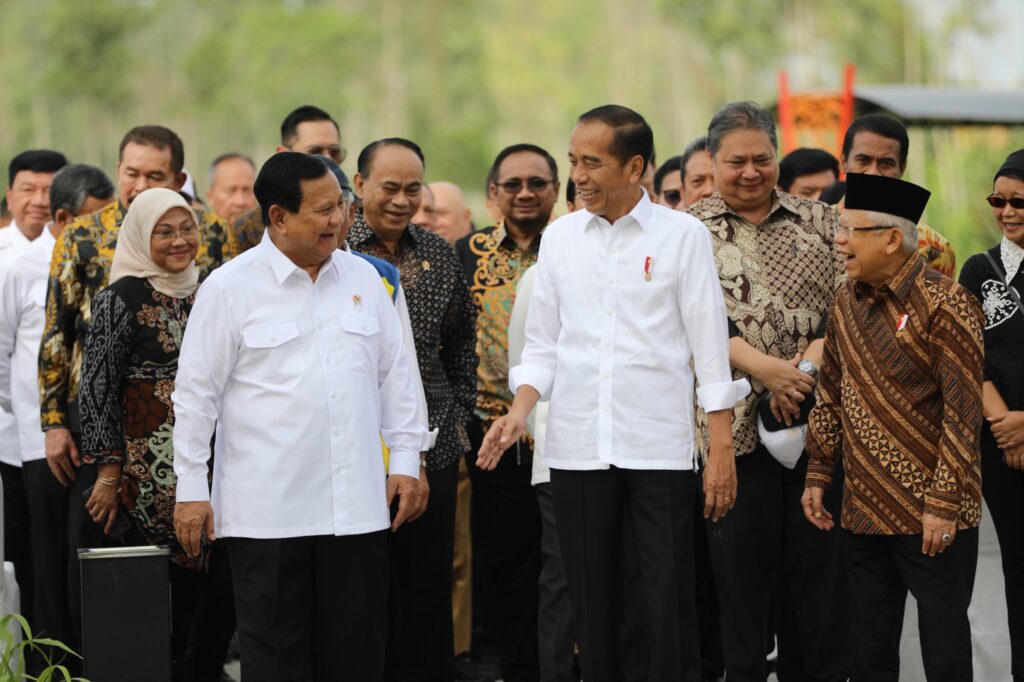Jakarta — A recent survey conducted by Indikator between September 22 and 29, 2024, found that 73.3% of the Indonesian public supports the formation of the Koalisi Indonesia Maju (KIM) Plus, led by president-elect Prabowo Subianto.
Lead researcher Hendro Prasetyo stated that 33.7% of the population is aware of KIM Plus, a political coalition. Among those aware, the majority are in favor of its establishment, with 73.3% expressing their support.
“From those who know about KIM Plus, the majority agree with its formation,” Hendro explained during the release of the National Survey Findings: Public Evaluation of 10 Years of Joko Widodo’s Leadership, which was broadcast on YouTube on Friday (October 4).
In terms of demographics, public awareness of KIM Plus is highest among men aged 22-40, particularly from the Sunda, Batak, Minang, Betawi, and Bugis ethnic groups, and among those with middle-to-upper education and income levels. Awareness is also higher in urban areas, including North Sumatra, West Sumatra, Riau, Lampung, Banten, Jakarta, West Java, Central Java, Sulawesi, and Maluku-Papua.
“Of those who are aware, the majority are supportive. However, approval is lower among the youngest age groups, Minang and Malay ethnicities, and residents of Jakarta and Maluku-Papua,” Hendro noted.
Regarding political affiliations, knowledge about KIM Plus is higher among supporters of Gerindra, NasDem, PKS, and PAN. Among those aware, only PKS supporters showed divided opinions on the coalition.
The survey included 1,200 respondents from across Indonesia. An additional sample was collected from the 11 largest provinces, including North Sumatra, Riau, South Sumatra, Lampung, Banten, Jakarta, West Java, Central Java, East Java, and South Sulawesi, with 300 respondents per region, and 200 respondents from West Sumatra.
The survey utilized multistage random sampling with a margin of error of approximately 2.3% and a confidence level of 95%. (RR)
